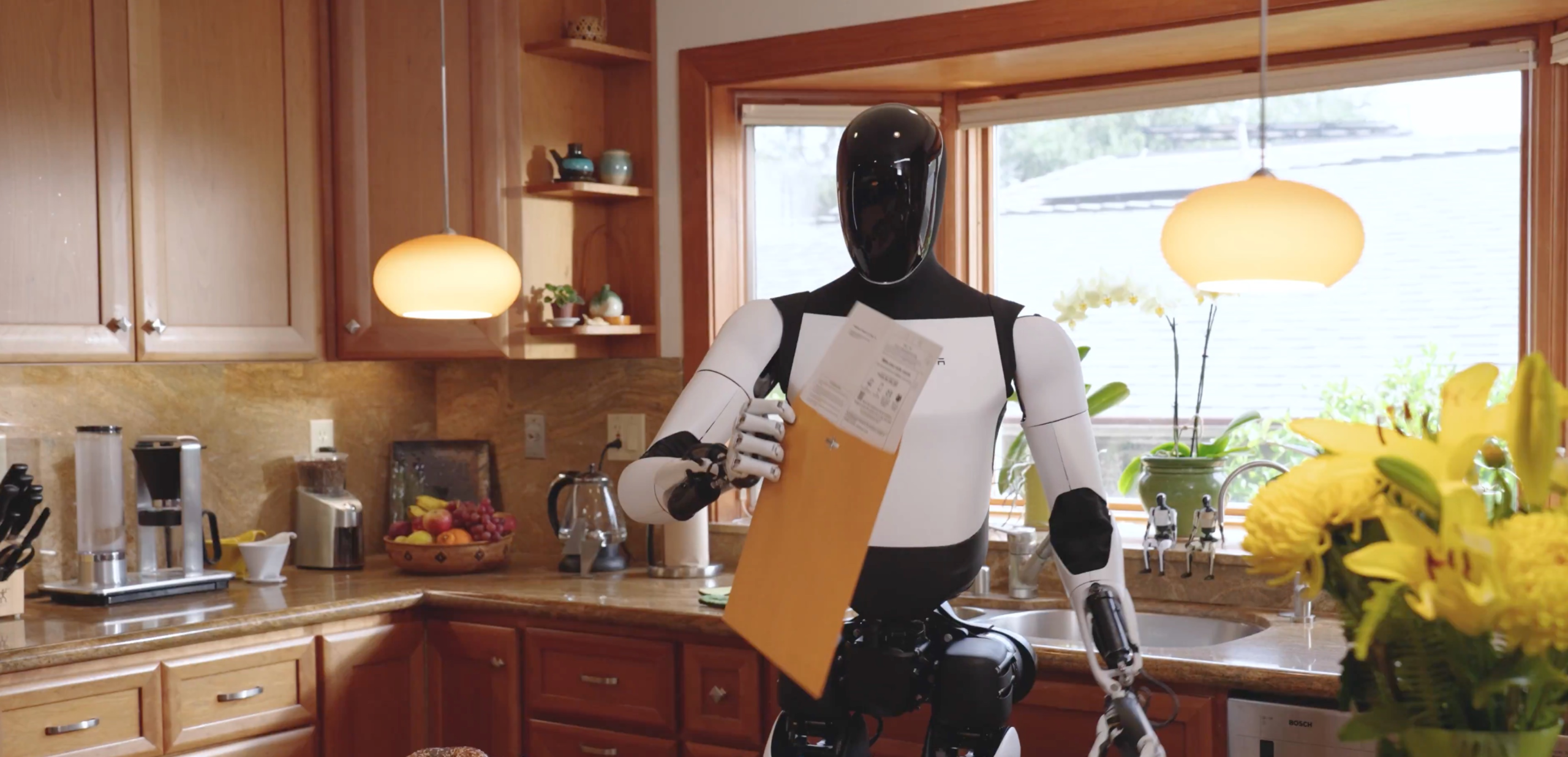When Elon Musk first revealed his ambition to make humanity a “multi-planetary species”, few imagined that the first settlers on Mars might not be human at all, but robots. With Tesla’s humanoid robot Optimus edging closer to large-scale production, speculation has grown around whether these machines could take the first steps in colonising Mars before people ever arrive.
The idea may sound like science fiction, but it is rooted in Musk’s long-term strategy to combine SpaceX’s interplanetary transport systems with Tesla’s autonomous robotics. During recent investor calls, Musk hinted that Optimus could one day serve as a “universal worker”, capable of performing dangerous, repetitive or physically demanding tasks, precisely the sort that will define early Mars missions.
Robots Before Astronauts
SpaceX’s Starship programme aims to transport cargo and, eventually, humans to Mars. However, the timeline for crewed missions continues to shift, with even optimistic projections suggesting the late 2030s. In contrast, Tesla expects to have thousands of functional Optimus robots by the end of 2026, potentially ready to be deployed in extreme environments.
On paper, it makes sense to send robots first. Mars is harsh: freezing temperatures, intense radiation, and a thin atmosphere make it hostile to human life. Machines like Optimus could operate continuously, assembling habitats, laying power grids, and mining for water ice, without worrying about oxygen or food supplies. If adapted with SpaceX-compatible hardware and solar recharging units, Optimus could theoretically prepare the red planet for its human visitors.
Engineering the Martian Worker
Yet, transforming Optimus into a Martian colonist would require dramatic upgrades. The current versions, still in prototype testing at Tesla’s Palo Alto facility, are designed for Earth-based environments, mainly factory assistance and logistics. For Mars, the robot would need reinforced joints and insulation, radiation shielding, enhanced autonomy, and dust-proof sensors.
Energy is another constraint. Solar panels on Mars produce only about 40% of the energy they would on Earth, which means Optimus units would need highly efficient batteries or nuclear-powered systems to function continuously. Communication delays between Mars and Earth, anywhere from 3 to 22 minutes, also mean the robots must operate largely without human supervision, relying on advanced artificial intelligence for decision-making.
Philosophical and Ethical Frontiers
Beyond technology, the notion of robots colonising Mars before humans raises philosophical questions. What does it mean for a machine to “colonise” a planet? If Tesla’s robots were to construct entire bases, would that count as a human achievement or a robotic one? Musk himself has suggested that Optimus represents “the most valuable AI project in the world,” hinting at a future where machines extend humanity’s reach beyond Earth.
The Verdict: Not Yet, But Soon
For now, it’s premature to suggest that Tesla’s robots will beat humans to Mars. The company’s focus remains on achieving reliable humanoid performance on Earth, even Musk admits that large-scale deployment is years away. However, if Starship succeeds and Optimus reaches the autonomy Musk envisions, the first footprints in Martian soil may well belong to machines bearing the Tesla logo.
The prospect may sound futuristic, but in the world of Elon Musk, it’s just another Tuesday.

